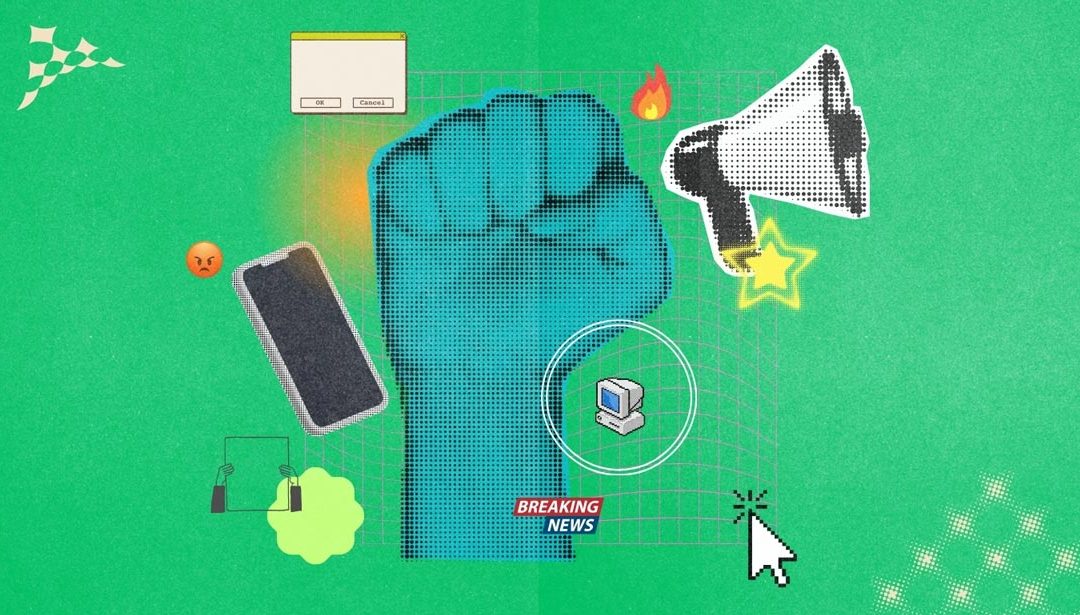This piece is written by Francesca Villanueva, an intern of Reality of Aid – Asia Pacific.
I am a child of the Asia Pacific, raised in a region that has lived too long with the weight of crisis. We are used to storms and floods; to governments that promise and fail; to leaders who speak of development while siphoning the funds that are supposed to build our futures. But in these previous weeks, across Nepal, Indonesia, and the Philippines, young people are stepping into the role that history has forced on them: that of resistance.
In Nepal, it began with silence. On September 4, 2025, the government switched off the voices of a generation, blocking more than 20 social platforms. They said it was about control, but for the youth in Kathmandu, the ban was the final straw of government repression. The response was immediate. Students and young workers filled the streets. For some, it was their first protest. For others, it was a continuation of years of frustration at a political elite treating public office as inheritance. The state answered with bullets. Nineteen young people were killed, and a hundred injured. But instead of silence, the streets grew louder. Ministers resigned. Eventually, the Prime Minister himself stepped down.
It would be a mistake to think that this was just about social media. Nepal’s youth were resisting the long history of corruption in governance and its resulting wealth disparity. They were defending the right to speak and to live without fear of corruption closing every door. They were saying: We will not inherit your broken system without a fight.
In Indonesia, it began with candles. In February 2025, students marched under the banner “Dark Indonesia,” protesting cuts to education and social support . They lit vigils across Yogyakarta and Jakarta, warning of a future dimmed by debt and neglect. By August, the darkness had grown heavier. Parliament proposed a 250% increase in land and building taxes for ordinary citizens, even as lawmakers were revealed to have received a monthly allowance of nearly 10 times the Jakarta minimum wage. For young Indonesians, it was no longer just about classrooms; it was about survival in a system that demanded sacrifice from the many while rewarding the few. By the end of the month, 10 lives had been lost, casualties of a government more willing to protect privilege than people. It would be a mistake to think these protests were only about taxes. Indonesia’s youth were resisting a widening injustice, the chasm between those in power and those struggling to survive.
In the Philippines, it began with water. Floods rose throughout the country, swallowing streets and homes. Year after year, communities waited for the promised flood-control systems that never arrived. By 2025, the Senate had revealed why: billions of pesos had been lost to corruption, with so-called “ghost projects” and fake contractors draining funds meant to protect people from disaster. Out of 2,409 accredited contractors, just 15 had cornered nearly 2.4 billion USD, almost a fifth of the total flood-mitigation budget between 2023 and 2025.
For young Filipinos, these figures are not abstract. They are lived realities: classrooms underwater; families displaced; futures interrupted. They demanded accountability. They asked: Who profits from these delays, and who pays with their lives? The state’s response was denial and delay. Officials promised inquiries while floodwaters kept rising. And still, the young persisted. They documented missing infrastructure, held teach-ins on climate justice, and joined local campaigns that linked corruption with disaster. Their resistance was not always in the streets, but in vigilance. In refusing to let another billion vanish unnoticed, another overflowed river unchallenged. The Filipino youth were confronting something deeper: the normalization of corruption, the slow violence of neglect. Each demand for accountability was also a demand for survival.
What connects these three movements is not style or size. It is the refusal to stay quiet. In Nepal, it is the refusal to accept repression disguised as protection. In Indonesia, it is the refusal to trade away public services for budget lines. In the Philippines, it is the refusal to normalize corruption and disaster as unchangeable facts of life. I write this not just as an observer, but as part of the same generation who are told we are too young, but we are already living the consequences of decisions made by those in power.
I recognize that these struggles are not isolated. They are tied to the same structures that prioritize debt over education; corruption over services; repression over democracy. They are tied to the same global systems that treat development as charity rather than justice; as contracts rather than commitments. My solidarity is not symbolic. It is a recognition that the resistance of youth in one country strengthens the resistance of youth in another. That when one government learns it can silence dissent without consequence, others will try to do the same. And that when young people rise, they remind all of us what real accountability looks like.
This is not the end of the story. In Nepal, the ban has been lifted, but corruption persists. In Indonesia, the budget is still contested. In the Philippines, communities remain underwater, both literally and politically. Resistance is not a moment, it is a long practice. And young people, whether we like it or not, have inherited that practice.
I write this in solidarity, not as an outsider but as fellow youth. I see the courage of those who marched in Kathmandu despite the risk of bullets. I see the determination of students who lit candles in Yogyakarta classrooms. I see the persistence of Filipino youth demanding accountability for every missing peso. And in them, I believe we should see ourselves.The future is not guaranteed, and it will not be given to us; we must demand it.

